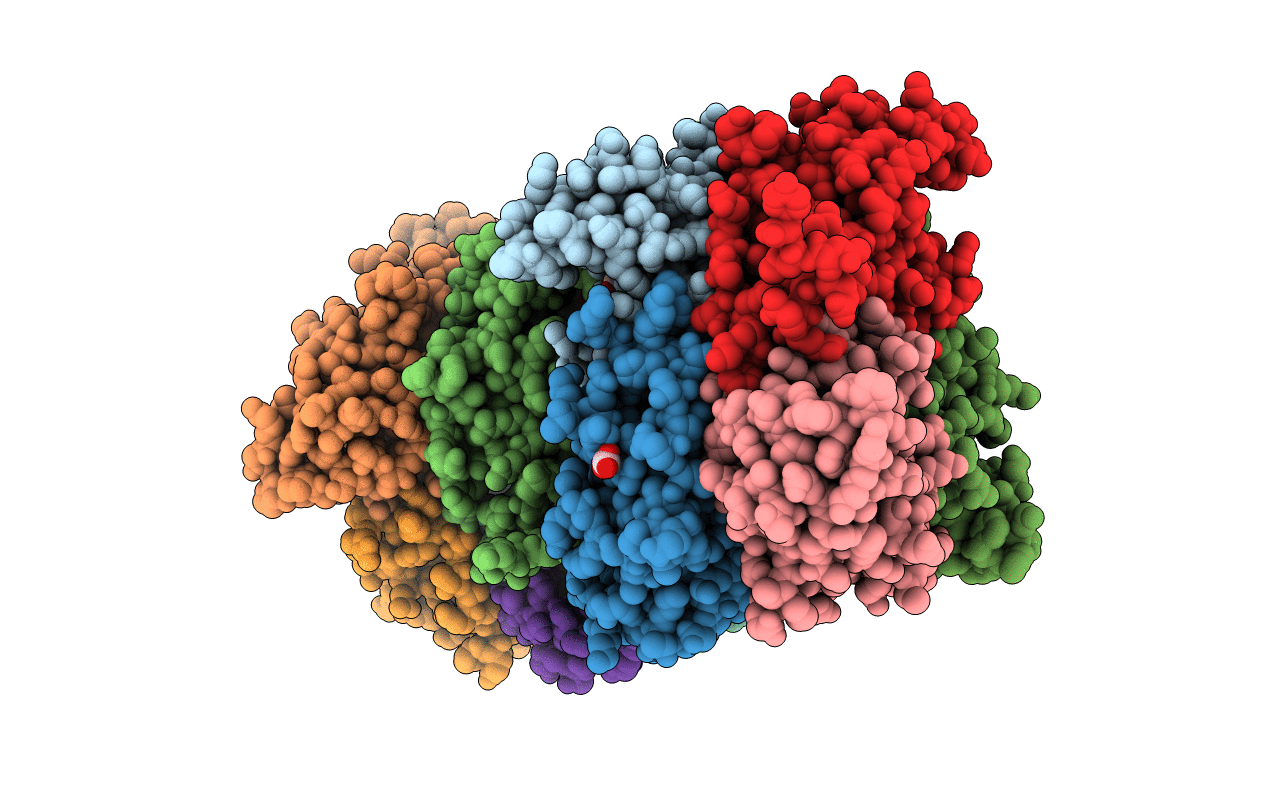
Deposition Date
2015-06-09
Release Date
2015-06-24
Last Version Date
2023-09-27
Entry Detail
PDB ID:
5BXI
Keywords:
Title:
1.7 Angstrom Resolution Crystal Structure of Putative Nucleoside Diphosphate Kinase from Toxoplasma gondii with Tyrosine of Tag Bound to Active Site
Biological Source:
Source Organism:
Toxoplasma gondii ME49 (Taxon ID: 508771)
Host Organism:
Method Details:
Experimental Method:
Resolution:
1.70 Å
R-Value Free:
0.19
R-Value Work:
0.15
R-Value Observed:
0.15
Space Group:
C 1 2 1


